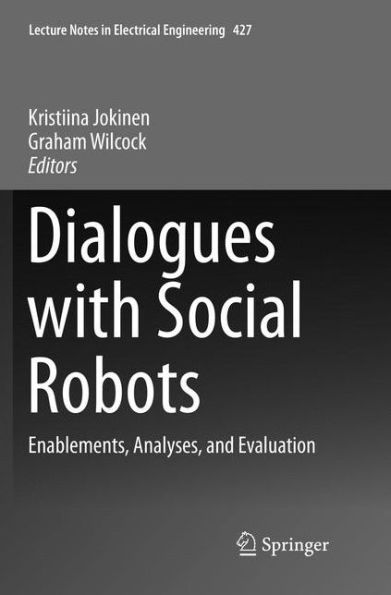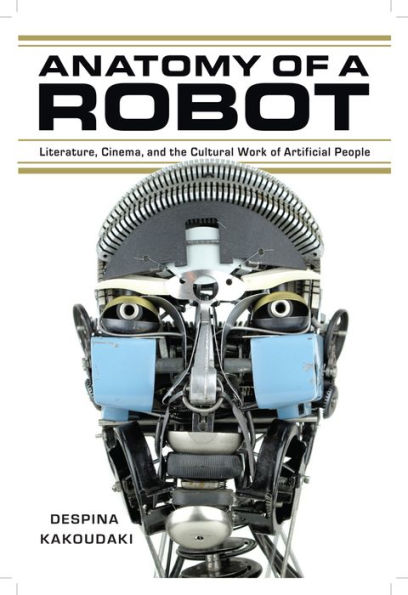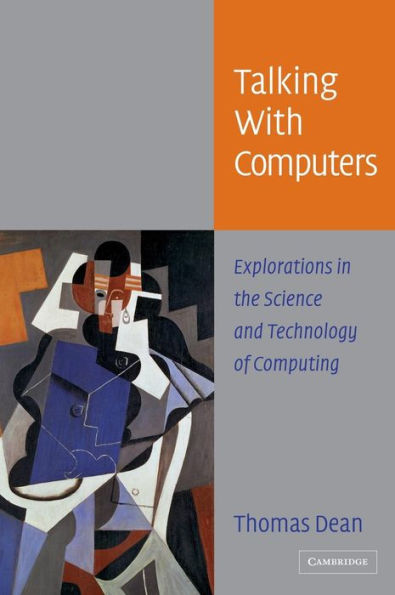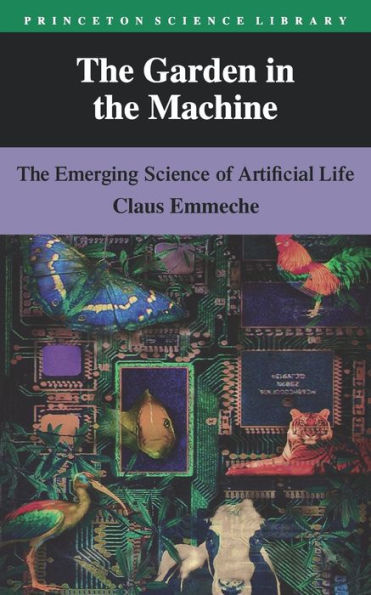Home
The Robot in the Garden: Telerobotics and Telepistemology in the Age of the Internet
Loading Inventory...
Barnes and Noble
The Robot in the Garden: Telerobotics and Telepistemology in the Age of the Internet
Current price: $40.00
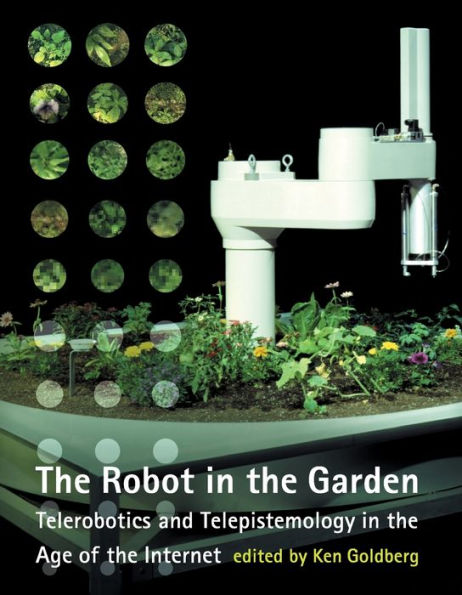

Barnes and Noble
The Robot in the Garden: Telerobotics and Telepistemology in the Age of the Internet
Current price: $40.00
Loading Inventory...
Size: OS
*Product Information may vary - to confirm product availability, pricing, and additional information please contact Barnes and Noble
initiates a critical theory of telerobotics and introduces telepistemology, the study of knowledge acquired at a distance. Many of our most influential technologies, the telescope, telephone, and television, were developed to provide knowledge at a distance. Telerobots, remotely controlled robots, facilitate action at a distance. Specialists use telerobots to explore actively environments such as Mars, the
, and Chernobyl. Military personnel increasingly employ reconnaissance drones and telerobotic missiles. At home, we have remote controls for the garage door, car alarm, and television (the latter a remote for the remote).
The Internet dramatically extends our scope and reach. Thousands of cameras and robots are now accessible online. Although the role of technical mediation has been of interest to philosophers since the seventeenth century, the Internet forces a reconsideration. As the public gains access to telerobotic instruments previously restricted to scientists and soldiers, questions of mediation, knowledge, and trust take on new significance for everyday life.
Telerobotics is a mode of representation. But representations can misrepresent. If Orson Welles's "War of the Worlds" was the defining moment for radio, what will be the defining moment for the Internet? As artists have always been concerned with how representations provide us with knowledge, the book also looks at telerobotics' potential as an artistic medium.
The seventeen essays, by leading figures in philosophy, art, history, and engineering, are organized into three sections: Philosophy; Art, History, and Critical Theory; and Engineering, Interface, and System Design.
Albert Borgmann, Tom Campanella, John Canny, Judith Donath, Hubert Dreyfus, Ken Goldberg, Alvin Goldman, Oliver Grau, Marina Gržinić, Blake Hannaford, Michael Idinopulos, Martin Jay, Eduardo Kac, Machiko Kusahara, Jeff Malpas, Lev Manovich, Maurice Merleau-Ponty, Eric Paulos, Catherine Wilson


